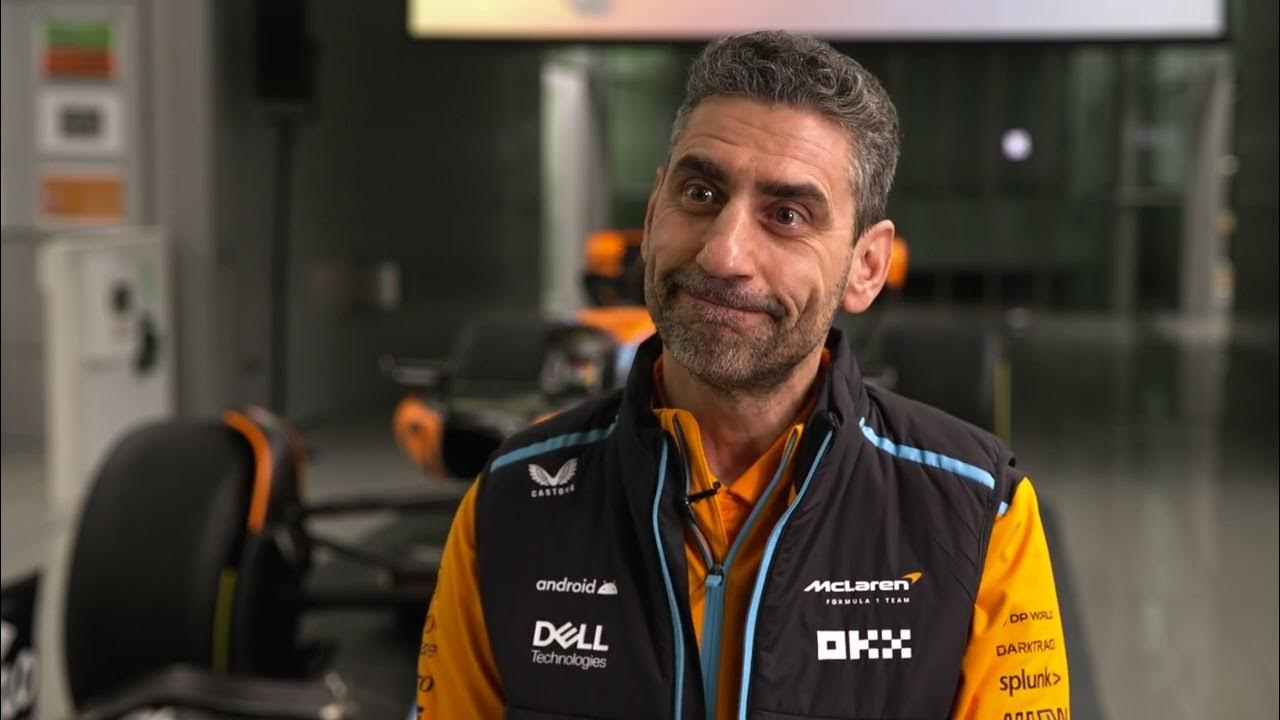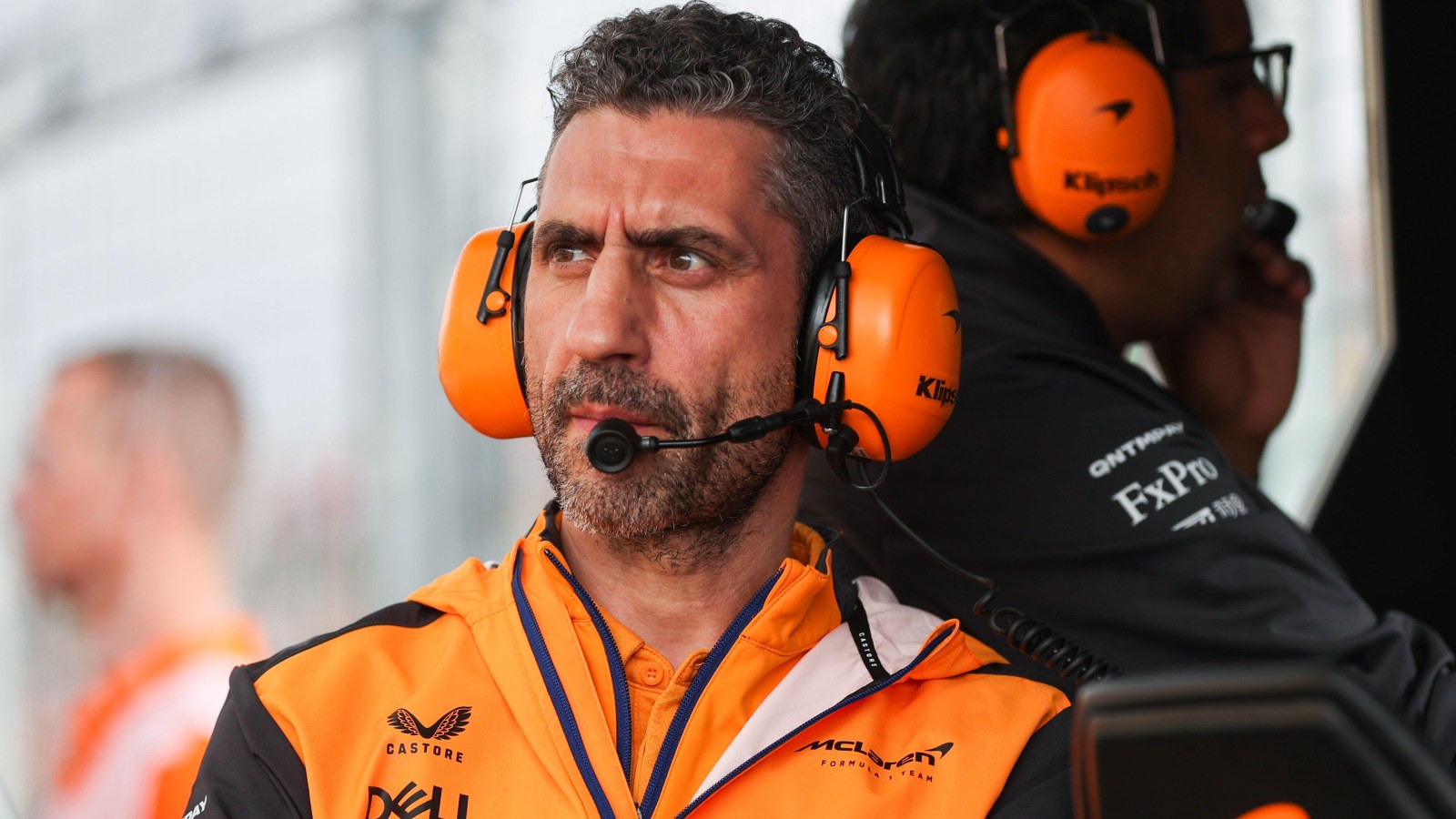During the race in Melbourne, Max Verstappen had a problem with his right rear brake. This issue started bothering him right from the beginning, and he had to retire from the race early. Meanwhile, Carlos Sainz was leading the race, followed by his Ferrari teammate Charles Leclerc, making it a Ferrari 1-2 finish.
McLaren had different plans for its drivers. Lando Norris was faster towards the end of the race, so the team allowed him to pass Oscar Piastri, his teammate, following team orders. This helped them secure third and fourth positions in the race.
Sergio Perez finished fifth in the race, moving up only one position due to Verstappen’s problems.
Stella, a member of the Red Bull team, thinks that even if Verstappen didn’t face issues, their cars wouldn’t have had an advantage with the tires in Melbourne. In the first race of the season in Bahrain, their car performed well with the tires. But Melbourne was different. The track conditions caused the tires to wear out quickly, especially on the left side.

Stella explained, “In Bahrain, Red Bull was the only car that comfortably used the soft tires. But in Bahrain, you have no graining at all. No way that you are going to grain because you don’t have enough grip to stress the tires and strain the rubber to a point where the rubber generates graining.”
He also mentioned that slight changes in track conditions could have made a big difference in how the tires behaved. This unpredictability is a common issue with tires in Formula 1. Sometimes, even small changes can lead to dramatic differences in performance.
Stella concluded, “It could be that we go on a similar track and things are slightly different – it’s one of the problems that you would call non-linear. You change a little bit the conditions and the solution changes dramatically. That’s typically what happens with tires.”
Also read: Ferrari’s Minor F1 Design Adjustment Contributed to Overcoming Red Bull

